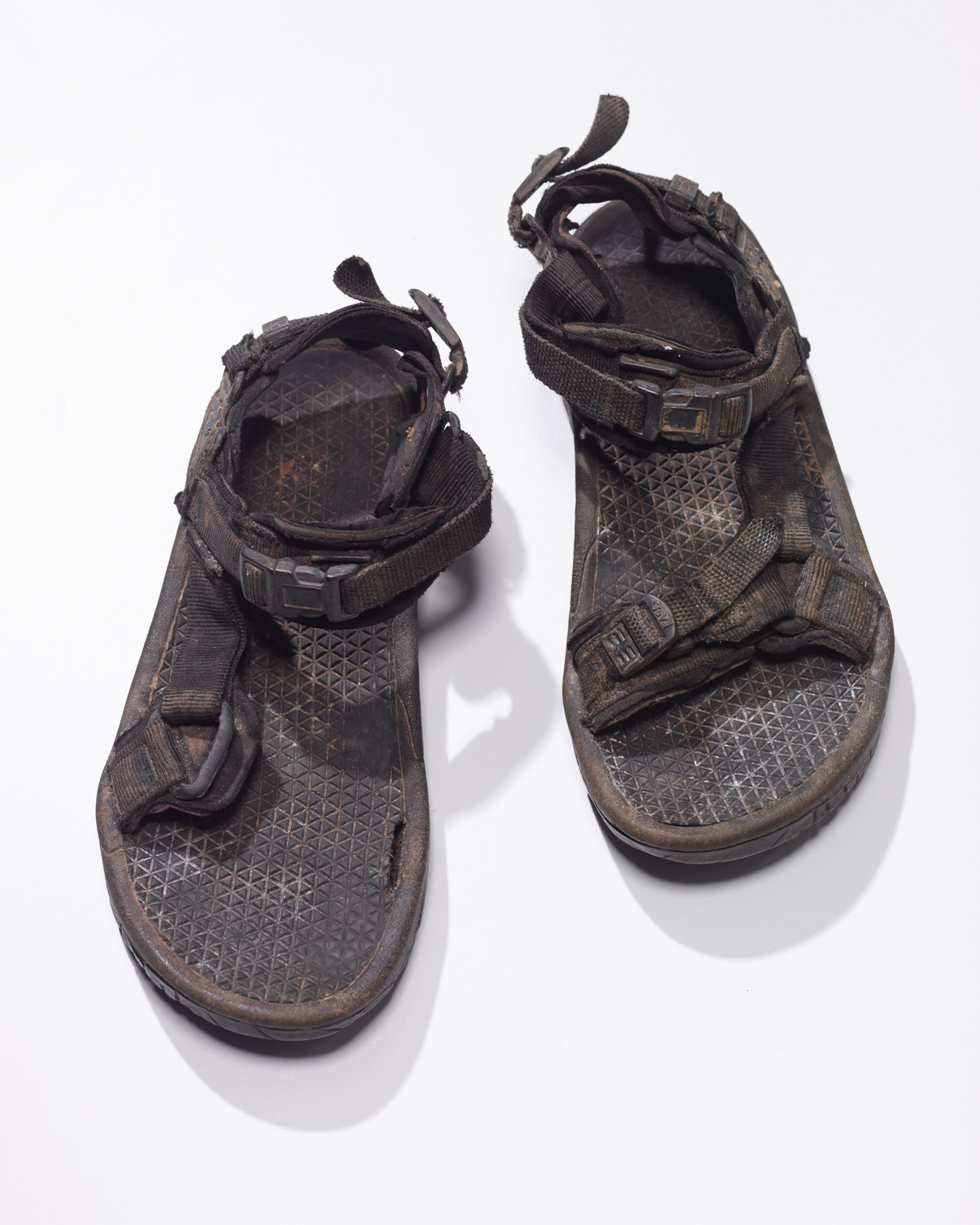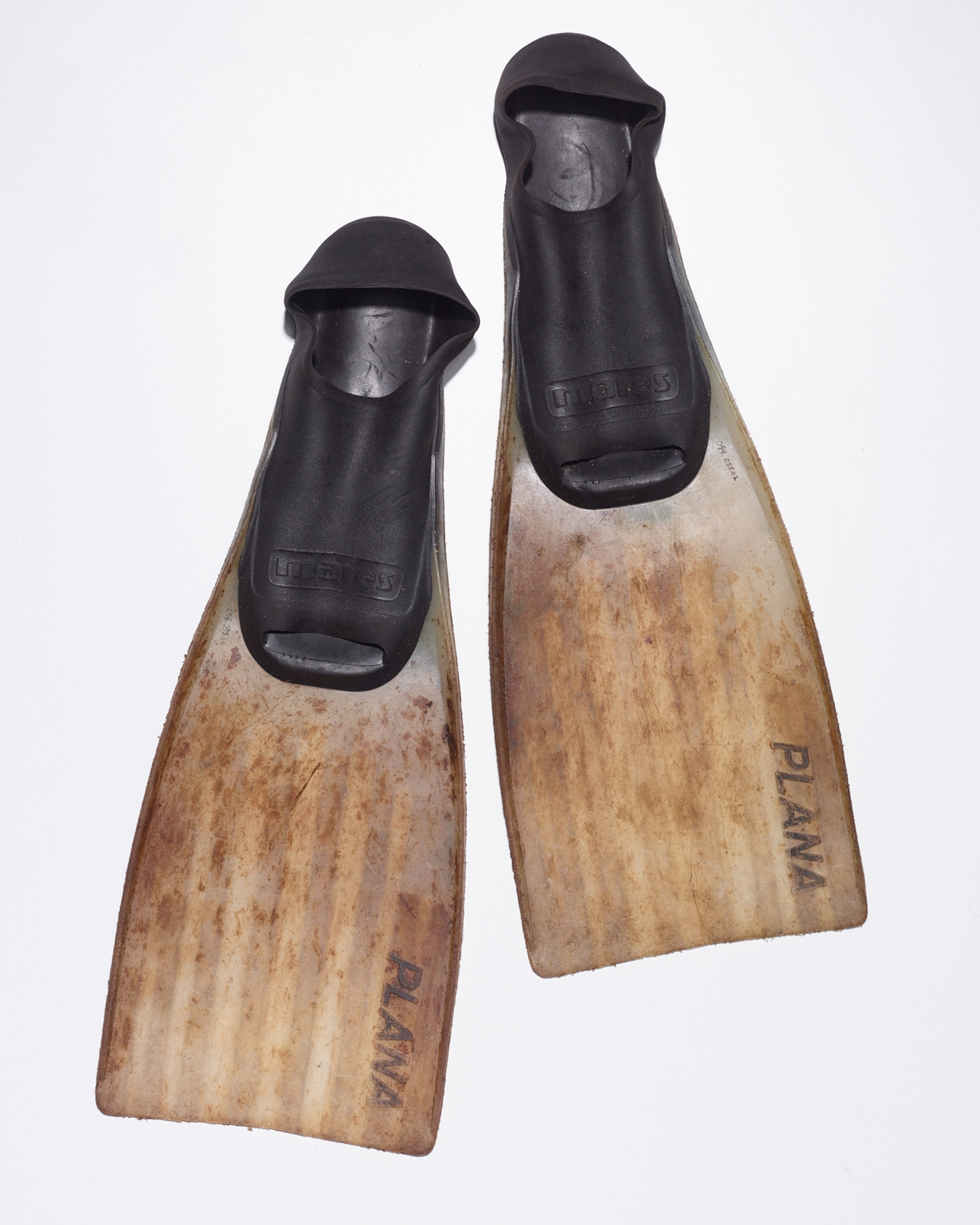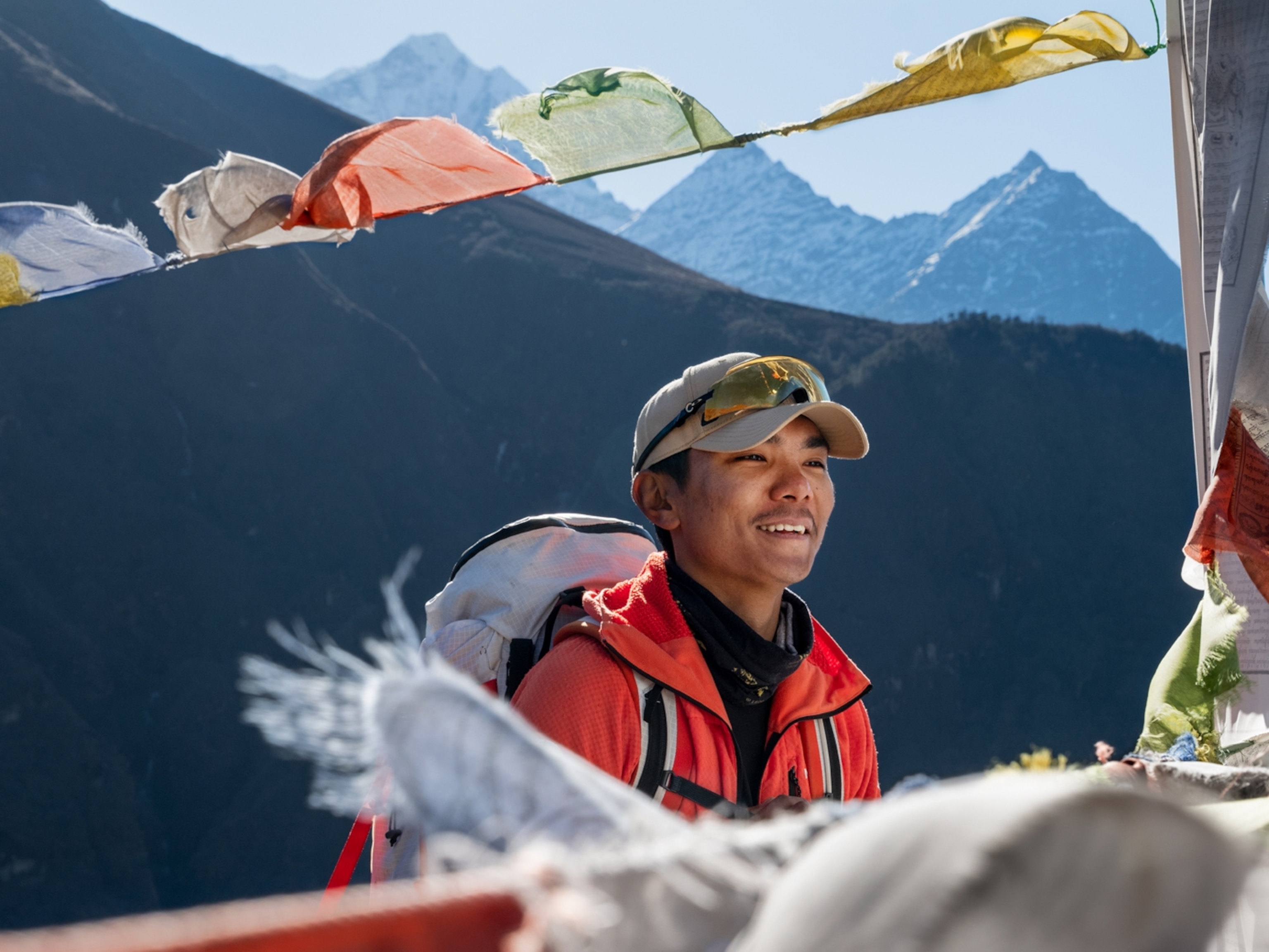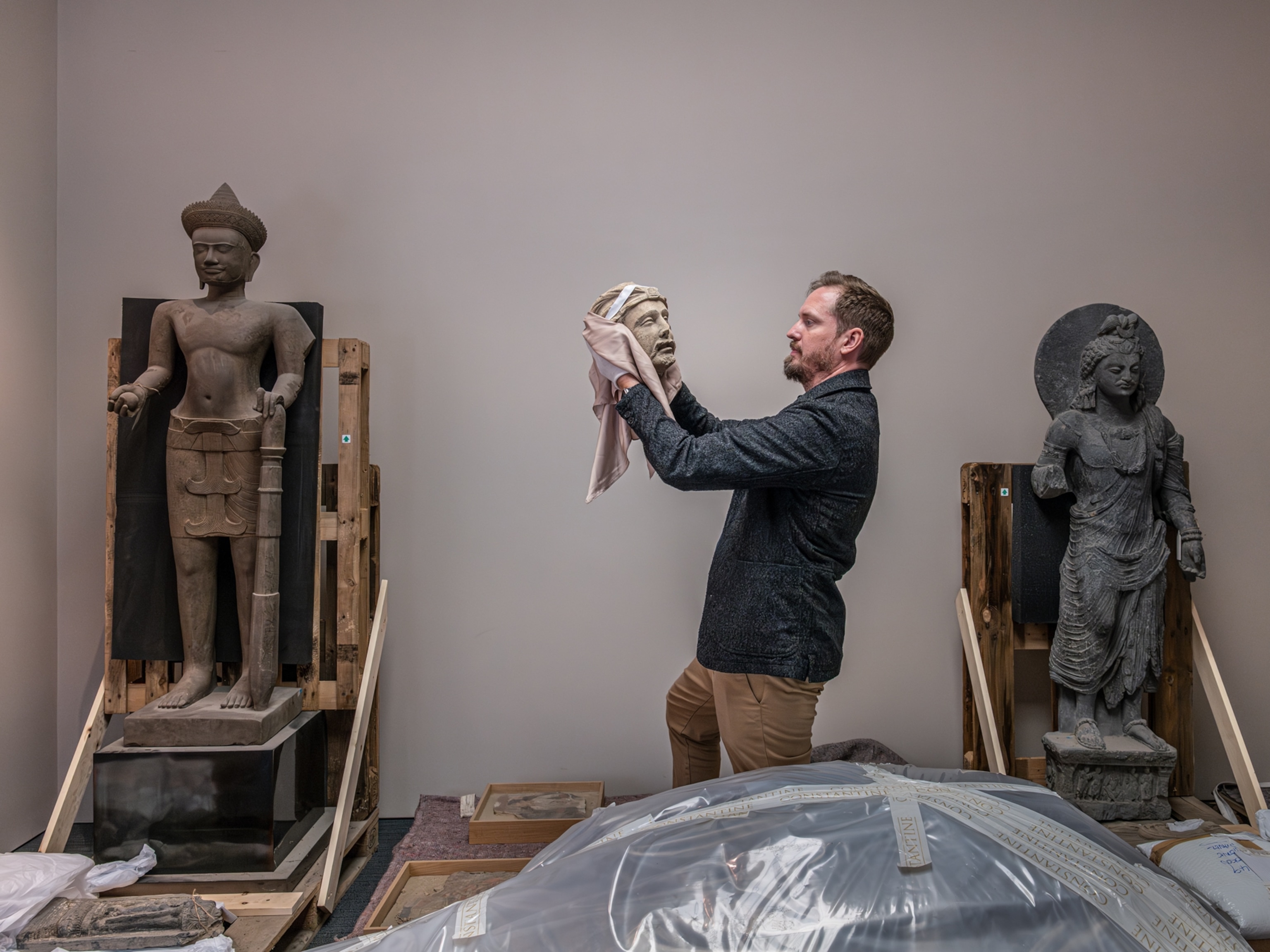From the Vault: Shoes That Made Our Greatest Explorations Possible
They’ve reached the summit of Everest and the bottom of the ocean, and the well-worn footwear in National Geographic's archives has some wild stories to tell.
National Geographic has a thing about shoes. We admit it. For more than a century we've celebrated shoe factories, shoe museums, Iceman shoes, and shoes brought up from submarine wrecks, to name a few. Our photographs have documented shoe collections from globe-trotting writers and shown pilgrims burning their boots at the end of the 1,000 mile Camino de Santiago walk. We've even chronicled the 10,000-year history of footwear in North America, from humble sandals to boots that have trekked the surface of the moon.
And over the years, explorers returning from epic adventures have left their footwear behind at National Geographic headquarters in Washington D.C. to take a rightful place of reverence in our archives. Here are a few of our favorite pairs.

Jungle Sandals
In 1999 J. Michael Fay set off on foot from the Republic of the Congo and turned up on the coast of Gabon 456 days later, still wearing the same pair of open-toed, nylon-strapped sandals. He called this 2,000-mile jungle walk the Megatransect, and it transformed large-scale conservation in the continent.
Sandals, the American explorer told writer David Quamman, navigated the forest floor better than boots or sneakers. Still, all of that exposed flesh posed a problem. By day 11 Fay’s feet were filled with worms, which had begun to burrow into his toes and rot them.
“When necessary, you stop walking for a few days. Lay up, rest. Let them heal. Wait it out,” Fay told Quamman; the writer then noted: “I can scarcely imagine what Fay's feet might have to look like before he resigns himself to that.”
Along the way Fay collected a huge amount of data, including animal dung, GPS readings every 20 seconds, and birdsong recordings. He hoped the journey, sponsored by the Wildlife Conservation Society and the National Geographic Society, would bring attention to Central Africa’s last pristine forest. And he succeeded. Soon after, the Gabonese government decided to turn a 11,000 square mile area into a system of 13 national parks.

Well-Worn Dive Fins
Oceanographer Sylvia Earle has spent more than 7,000 hours underwater; is the first person named a “Hero for the Planet” by Time magazine, and served as the first female Chief Scientist of the National Oceanic and Atmospheric Administration. She's broken enough major barriers and set enough world records that she’s become affectionately known as “Her Deepness.”
As a student in the 1950s, Earle was one of the first marine scientists to use scuba equipment in her work. And that barely scrapes the surface of the famed ocean explorer’s firsts: She was the first woman to enter a lock-out underwater submersible (she was four months pregnant at the time). And the next year she headed the first team of all-women aquanauts to live in an underwater habitat for two weeks.
In 1980, Earle descended 1,250 feet underwater for the deepest dive made without a tether when she walked on the ocean floor off Oahu in a pressurized suit called Jim. “As I step down onto the ocean floor, I am aware that I am entering terrain in some respects similar to a lunar landscape,” she wrote in National Geographic. “Both have a hauntingly similar appearance, and both, until quite recently, have been virtually inaccessible and unexplored.”
The humble pair of warm-water fins she donated to the National Geographic Society years ago, while not as dramatic as Jim, were a critical tool in Earle's expeditions, and it shows. The translucent plastic webbing has grown opaque and abraded after hundreds of hours of exposure to punishing salt water and sun.
How many pairs of similar dive fins has Earle gone through in her decades of scientific research? No one has an exact count, though nowadays she prefers more technologically efficient fins, designed after the fins of fish, which are the type favored by the U.S. Special Forces. The difference is that the military's fins are black—and hers are “ruby red.” An appropriate choice of footwear for Her Deepness.

Boots That Made It Back, But Not Toes
Barry Bishop came back from climbing Mount Everest with his reindeer-hide La Dolomite boots, a pair of regular hiking boots, and knee-high overboots with attached crampons. He did not return with any of his toes. The polar researcher-turned-photographer had spent two years on expeditions in the Himalayas before he joined the first successful American summit of Everest in 1963.
At 3:30 p.m. on May 22, Bishop and his climbing partner reached the summit, dropped to the ground and wept. Then the team began to descend, and as night fell they realized they were unable to find their camp. In an Oct. 1963 story called "How We Climbed Everest," he wrote: “I stamp ponderously in the snow. No help. The pain in my toes sharpens. Then, as it skirts the edges of agony, it dies in a merciful numbness. I recognize the classic sequence of frostbite.” A few hours later he props his feet up and attempts to wiggle his toes. “Knowing it is hopeless, I abandon the effort.”
After a night without shelter, Bishop reached camp the next day and examined his feet, finding his toes “dead white, hard, and icy to the touch.” The resulting frostbite meant he had to be carried partway down the mountain by a Nepalese Sherpa before being evacuated by helicopter to a hospital in Kathmandu. An American doctor flew in to administer an experimental drug that could resurrect the damaged tissue in his feet, but it didn’t work. Along with all of his toes, Bishop lost two fingers.
Even toes-less, Bishop continued to climb mountains. When his son climbed Everest himself, they became the first father and son to conquer the mountain. “There are no true victors,” Bishop wrote of Everest, “only survivors.”






